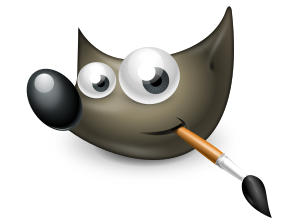Hello,
Which is the easiest way to do the above with minimum quality loss? I have a picture cut in 2 separate .jpg files (name them, upper half & lower half)
So far use Windows Paint like this:
What can I do to improve it? Do you see something wrong with my "technique" ?
Which is the easiest way to do the above with minimum quality loss? I have a picture cut in 2 separate .jpg files (name them, upper half & lower half)
So far use Windows Paint like this:
- I open both files with Paint and Zoom Out once on both.
- On the upper half I drag the down border of the picture to extend the its length to about the double
- On the down half file I choose Select All and then Copy
- I paste it on the extended space.
What can I do to improve it? Do you see something wrong with my "technique" ?



